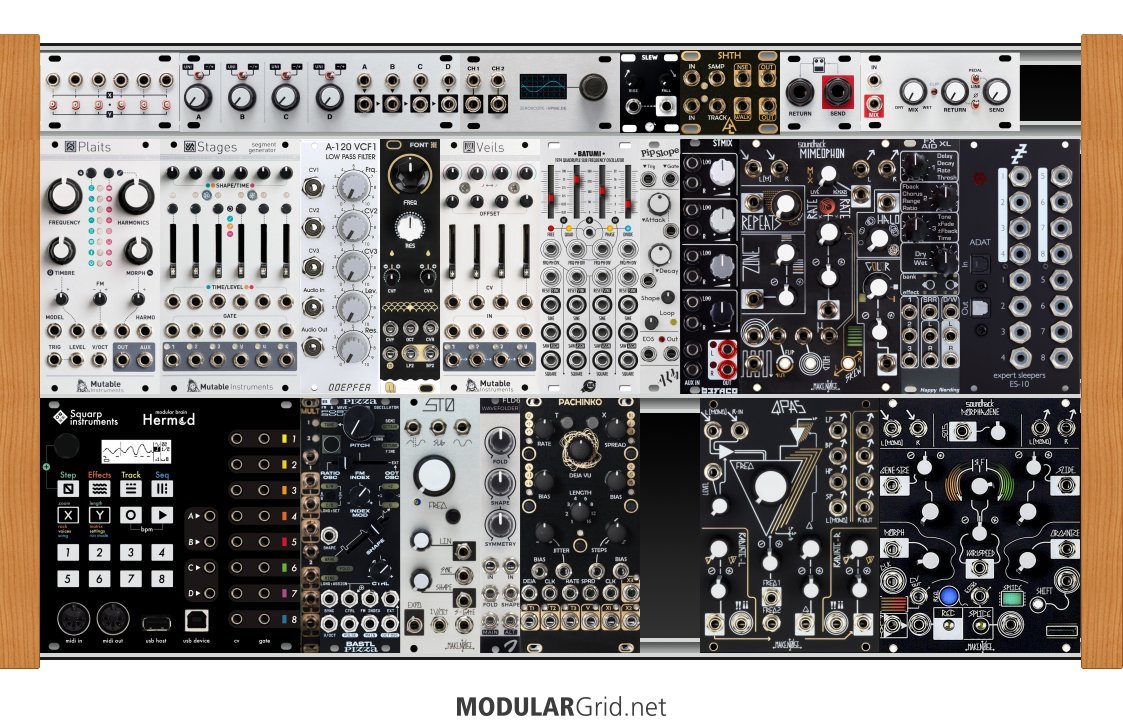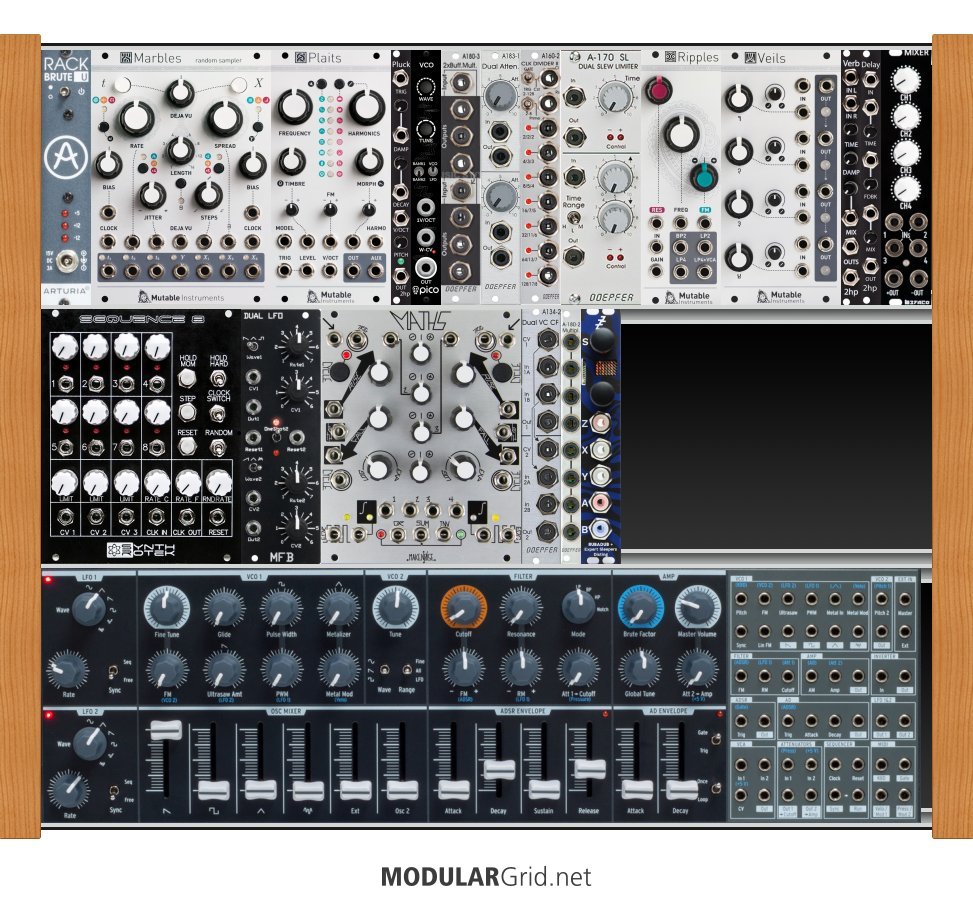Hi Dharmabum,
Wow, difficult question, interesting rack but somehow... I don't know, I feel it's difficult to get a grip on it, might be just me, I had traveled today quite a bit, so I might be just too tired. So take my below advice not too hard, it might be just me, being too tired.
On one hand I have the feeling you take a few main brands and take from them one or two of their best modules (except Make Noise, you took a few more from them) and put that all together in this rack of yours (I put below here the link to your rack, that's easier than providing a link to a JPEG picture; we now straight away can see where we are talking about):

What I think I am missing here is a bit of "how is this suppose to work all together" or at least most of them in some kind of harmony? I am not sure to be honest, there are certainly nice modules between it, actually a lot, and that worries me a bit... it looks a bit too much like nice fancy and sexy modules but I am not 100% getting it here.
So a few suggestions:
At my main local dealers I can't find that Dreadbox AntiThon module, are you sure that you still can get it? Anyway, my suggestion is to remove this AntiThon module and the René module and put instead blank panels. Blank panels? Yes, blank panels ;-) You need some space left for (near) future extension, that's one of the things I am missing here. Also these two modules are pretty large and save you some space for perhaps other modules you might need in the future.
I haven't accurately counted the total width but it looks like a weird total width for this casing, are you sure such casing exists?
With that and with perhaps taking a few lesser "fancy" modules and a bit more classic modules, yeah, it might be something you could use. With classic modules I mean the usual "suspects" like oscillators (okay I see that Instruo module there but quite a big one), LFOs, envelopes, filters, VCAs (yes that quad VCA you got there might be all right, I guess you can leave that one in there) and perhaps one or two logic modules.
I see some components that have some LFO capabilities so that might work out, not too sure, or you get rid of one of them and get instead just a classical LFO for that. Did I overlook it or do I miss filters and (basic) envelopes?
You might want to have a look into an audio interface input/output module too; depending on what you might have or might not have externally (external mixer?).
Some of the modules, I do think are more for seniors or at least for medium till high experienced users, not sure how much experience you already have with synthesizers in common and modular specific but you might want to reconsider a few of those modules, are you really ready for all of those modules you have chosen here?
I am not saying you are not allowed to buy all kind of modules, nothing against it :-) However I think it makes more sense to start a bit more simple (leave space left for future extensions) and start to grow into modular, build up your experience and then slowly and step by step get a few more modules. Don't buy the lot in one go!
Anyway, without more input from you, it's difficult to advice. I don't want to discourage you either because modular is fantastic but it requires quite some homework, like investigating into synthesizers in common and particular all the modules you choose, check them one by one, what they do, what you think you need of those and keep reading and checking about those modules.
So welcome to modular, have fun with it and take care, kind regards, Garfield Modular.




